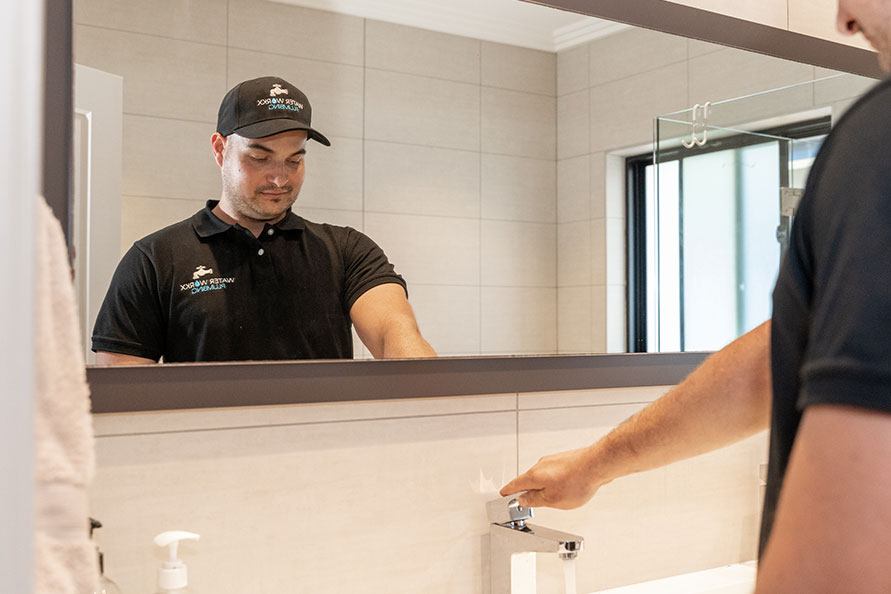
Expert Tips on Maintaining Your Flexible Hoses
Low water pressure can be a frustrating problem for homeowners, especially when it impacts everyday tasks like showering, washing dishes, or watering the garden.
Sydney residents are no strangers to this issue, which can arise from various factors. In this blog, we’ll explore the common causes of low water pressure and provide some maintenance tips and DIY tricks to help restore your home’s water flow.
Common Causes of Low Water Pressure

DIY Tips to Increase Water Pressure
While some water pressure issues require professional attention, there are a few DIY tricks Sydney homeowners can try before calling a plumber:
- Remove sediment buildup from taps and showerheads by unscrewing and soaking them in vinegar for an hour.
- Ensure your water meter valve and shut-off valve are fully open to allow maximum water
- Draining and flushing your hot water tank can remove sediment buildup and improve water pressure
If you have a pressure regulator, try adjusting it slightly to see if it increases the If these tips don’t resolve your issue, it’s time to call the blocked drain experts!
Call Water Workx Plumbing Today
At Water Workx Plumbing, we specialise in diagnosing and repairing low water pressure issues for Sydney homeowners. Whether it’s clogged pipes, corroded pipes, a faulty pressure regulator, or any other problem, our expert plumbers can help. Call Water Workx Plumbing today to check and fix your low water pressure before it becomes a larger, more costly issue in the future.
